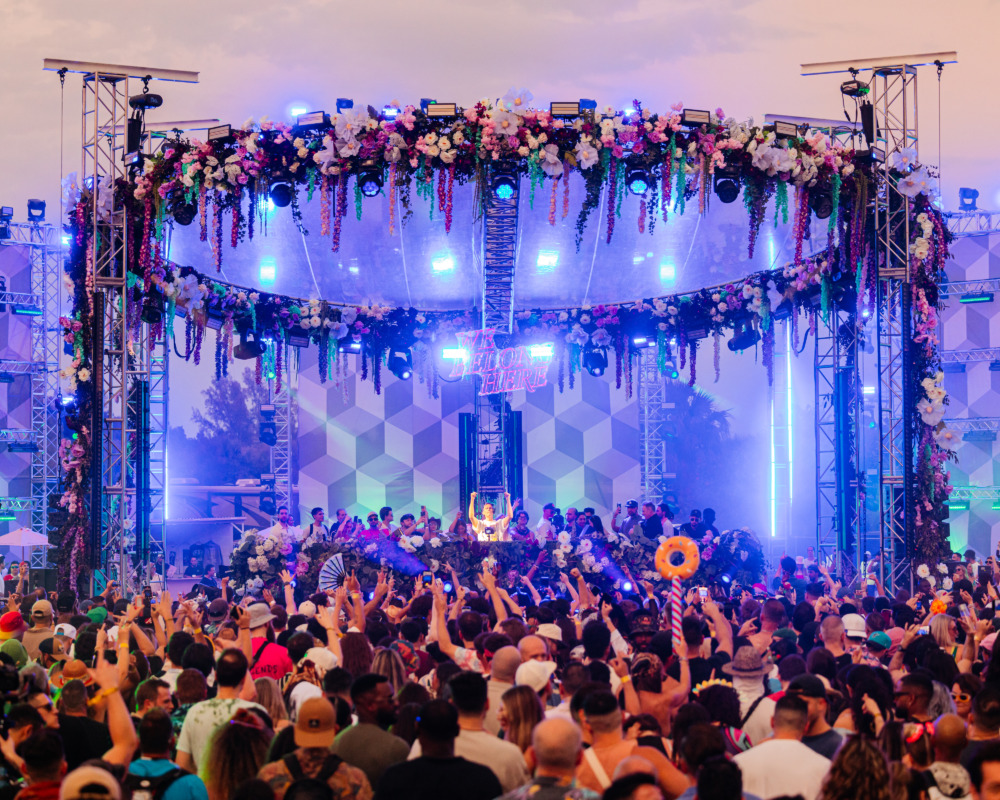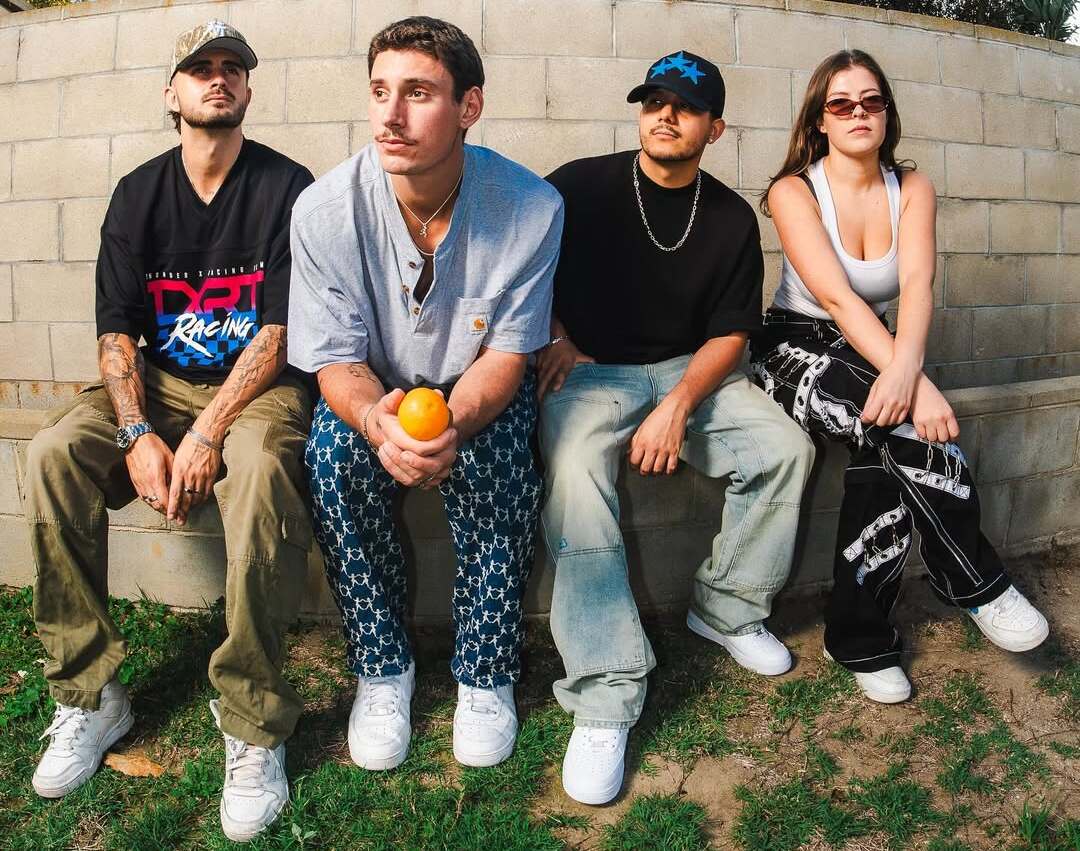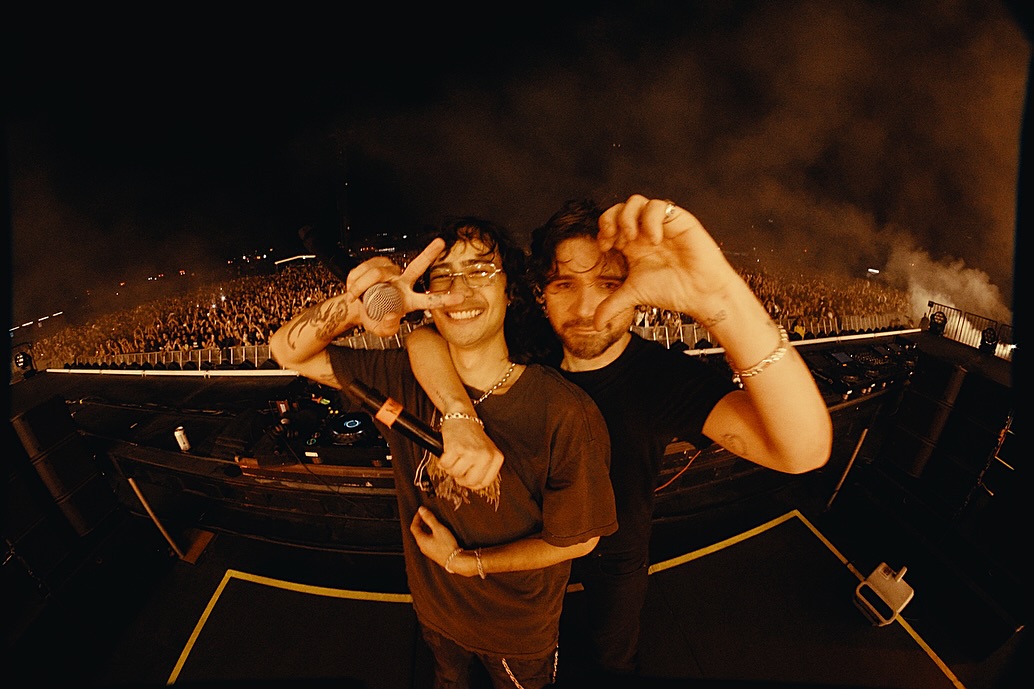While the Dragon Ball franchise is perhaps best known for its manga and anime series depicting the adventures of Goku and the Z Fighters as they defend the entire universe, Akira Toriyama's perennially popular franchise has also led to a whole line of anime films. Often considered non-canonical to the events of the main story, many of these films are solid side stories for the franchise and its iconic characters with their fair share of fans. And with the franchise about to get a new anime film next year with Dragon Ball Super: Super Hero, let's take a look back on the more overlooked and underappreciated films in the franchise at the start of the Dragon Ball Z era.
The original Dragon Ball series and its four anime films delved into martial arts fantasy, but its two sequel series DBZ and Dragon Ball Super leaned more into science fiction action as the Z Fighters faced everything from extraterrestrial tyrants and time-travelers to killer androids and warriors from the multiverse. These stakes would creep into the movies too, however, the very first DBZ film, 1989's Dragon Ball Z: Dead Zone, felt more like an extension of Dragon Ball than DBZ despite the branding which makes it particularly unique and effective cinematic story within the larger franchise.
Dead Zone takes place shortly before the events of DBZ, as the villainous Garlic, Jr. and his henchmen kidnap Gohan for the Dragon Ball sewed into his clothes. Goku and Piccolo reluctantly join forces against this common enemy, as Garlic, Jr. successfully uses the Dragon Balls to gain immortality before Gohan unleashes his latent powers to trap the villain in a pocket dimension. Dead Zone would tacitly be considered canonical. Garlic, Jr. later resurfaced in the DBZ anime series to seek his revenge on the Z Fighters in one of the rare instances the series directly references the movies.
The anime series and later films were more prone to formula and power creep, with the characters obsessed with getting stronger to overpower their opponents. By contrast, Dead Zone and its 1990 follow-up Dragon Ball Z: The World's Strongest were more focused on technique than raw strength and power level echoing the type of action more commonplace in Dragon Ball than DBZ. There was also a noted grittiness in the cinematography and heightened kinetic nature in the fight sequences that were more noticeable in the works of director Daisuke Nishio. Nishio helmed the first three DBZ anime films, including 1990's Dragon Ball Z: The Tree of Might, coming back one last time to direct 1992's Dragon Ball Z: The Return of Cooler. Each of these films would stand out from the rest of the film series which subsequently began to lean closer to the DBZ anime series.
The more popular DBZ movies are certainly good, with 1992's Dragon Ball Z: Super Android 13! and 1995's Dragon Ball Z: Fusion Reborn being among the well-deserved standouts. This success has continued with the subsequent Dragon Ball Super era, with 2018's Dragon Ball Super: Broly being the most critically acclaimed and commercially successful film in the franchise to date. However, there is something to be said for those first three DBZ films that proudly evoke a much more dangerous, gritty era for the franchise before DBZ's formula and themes became more apparent, with Nishio's films well worth a revisit.
About The Author

